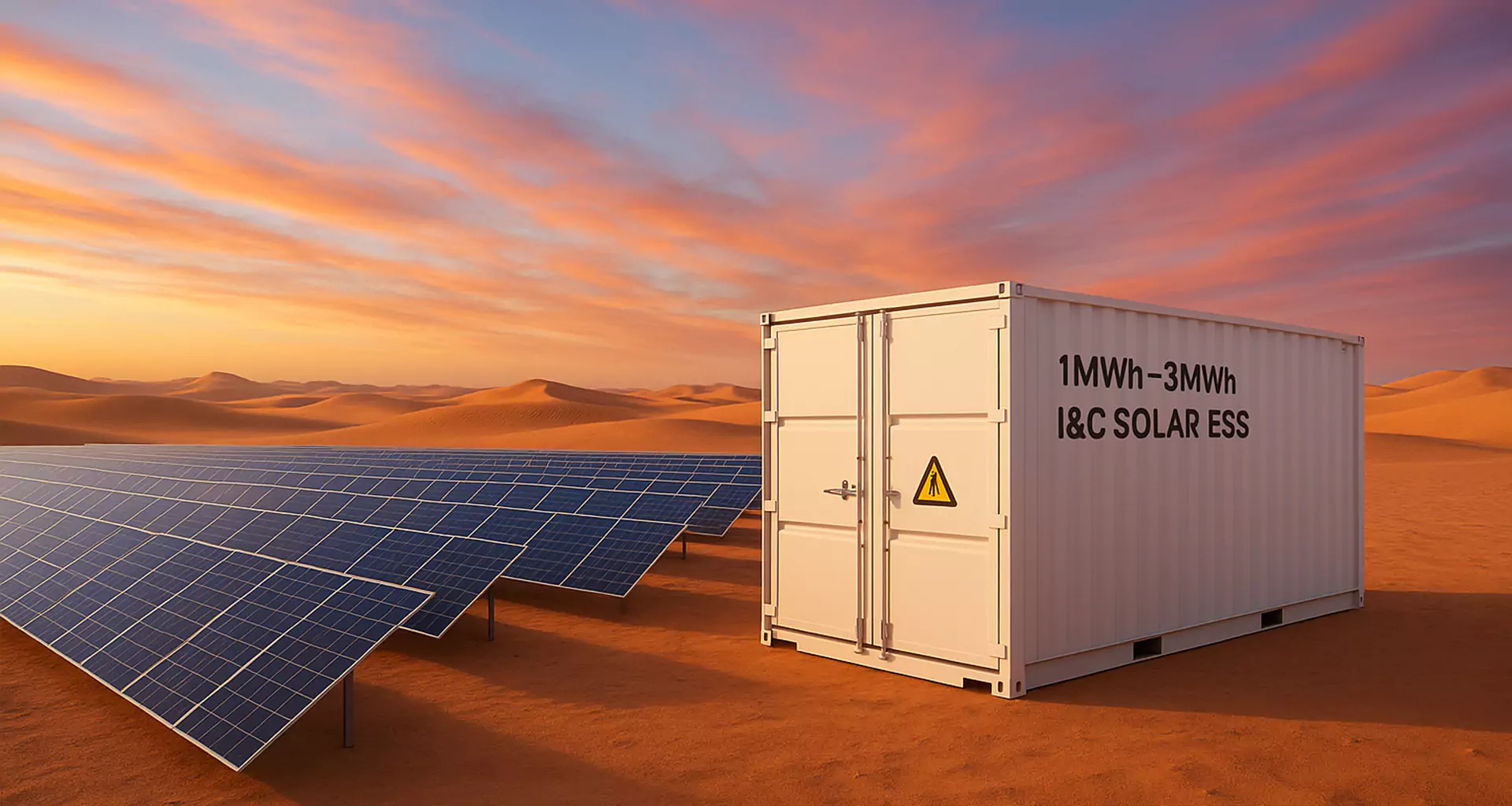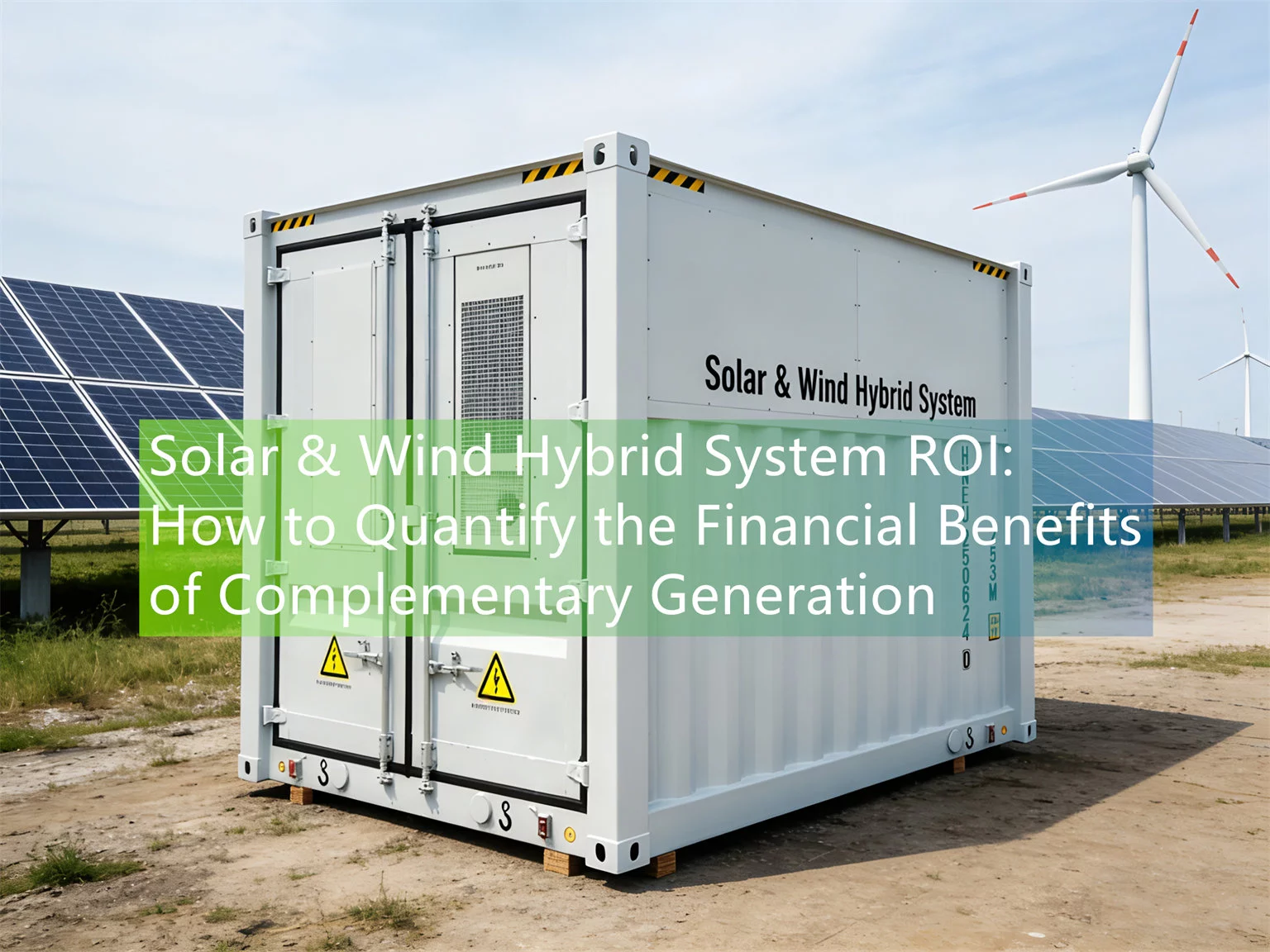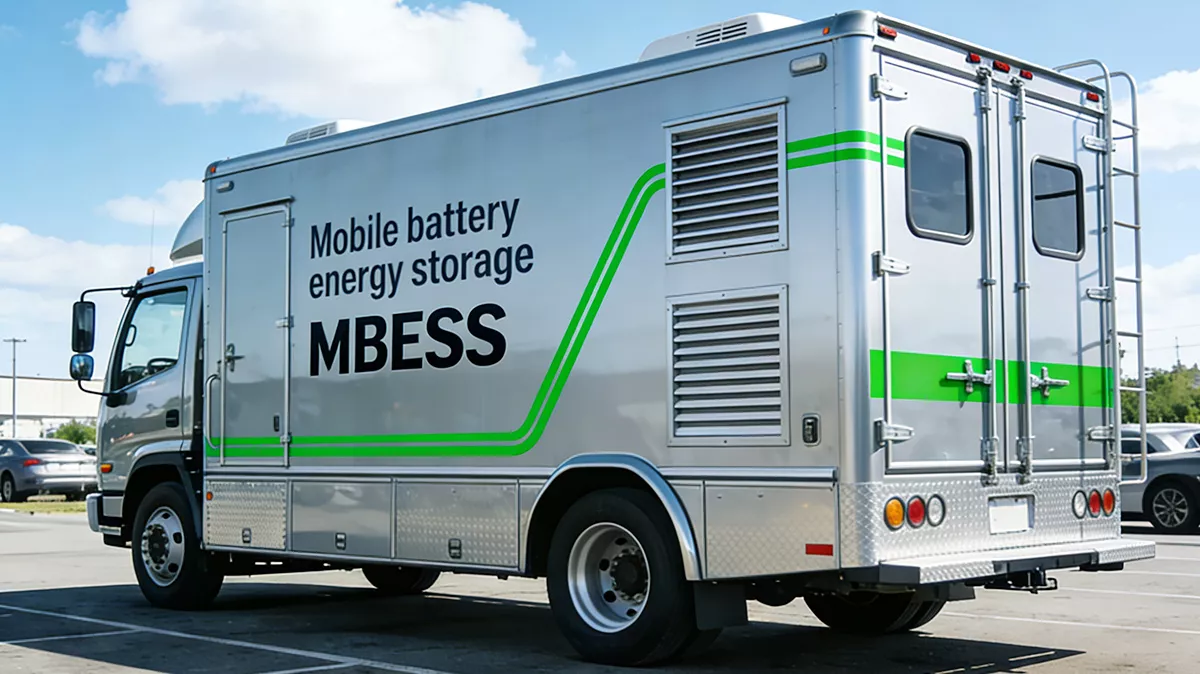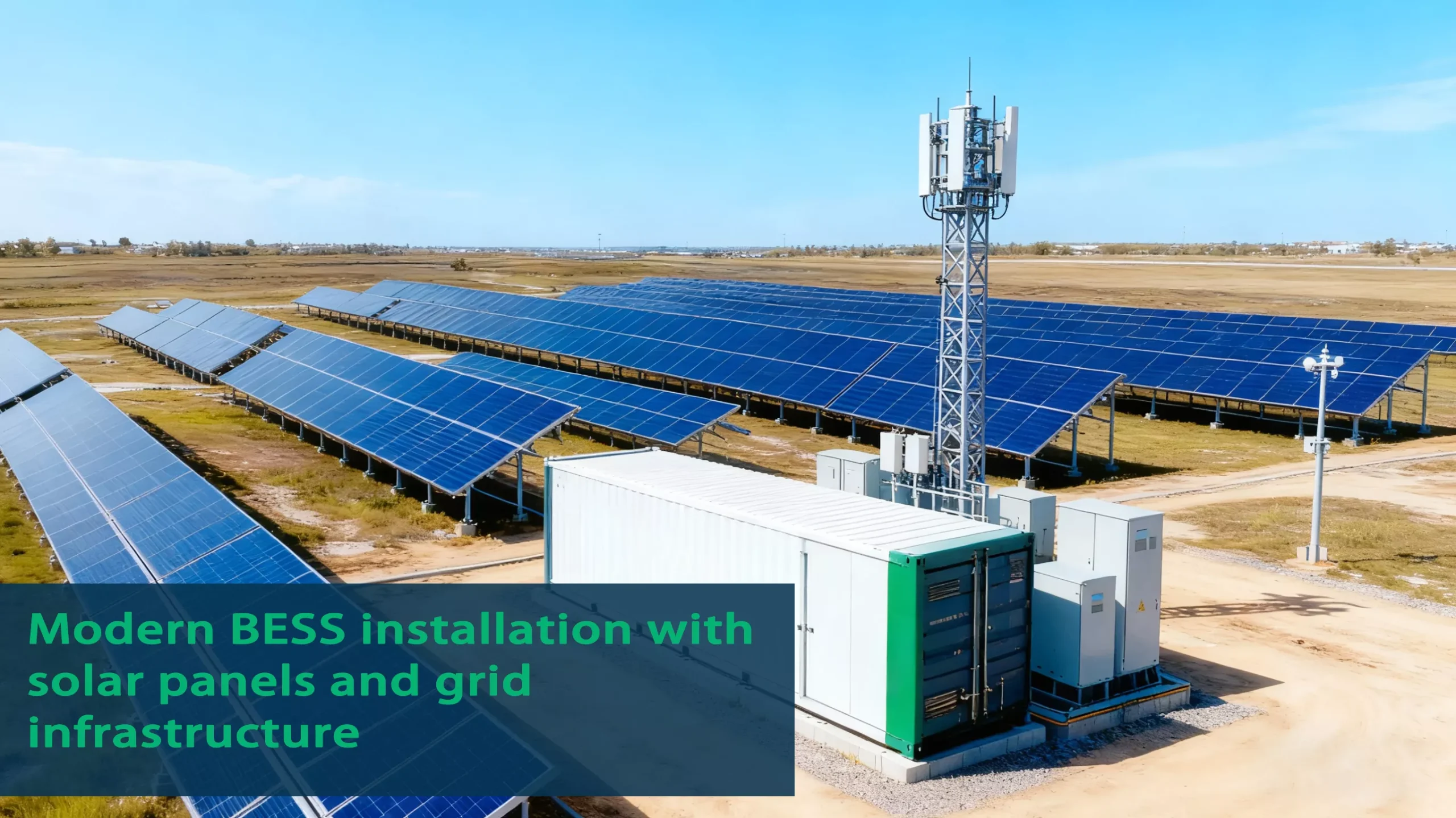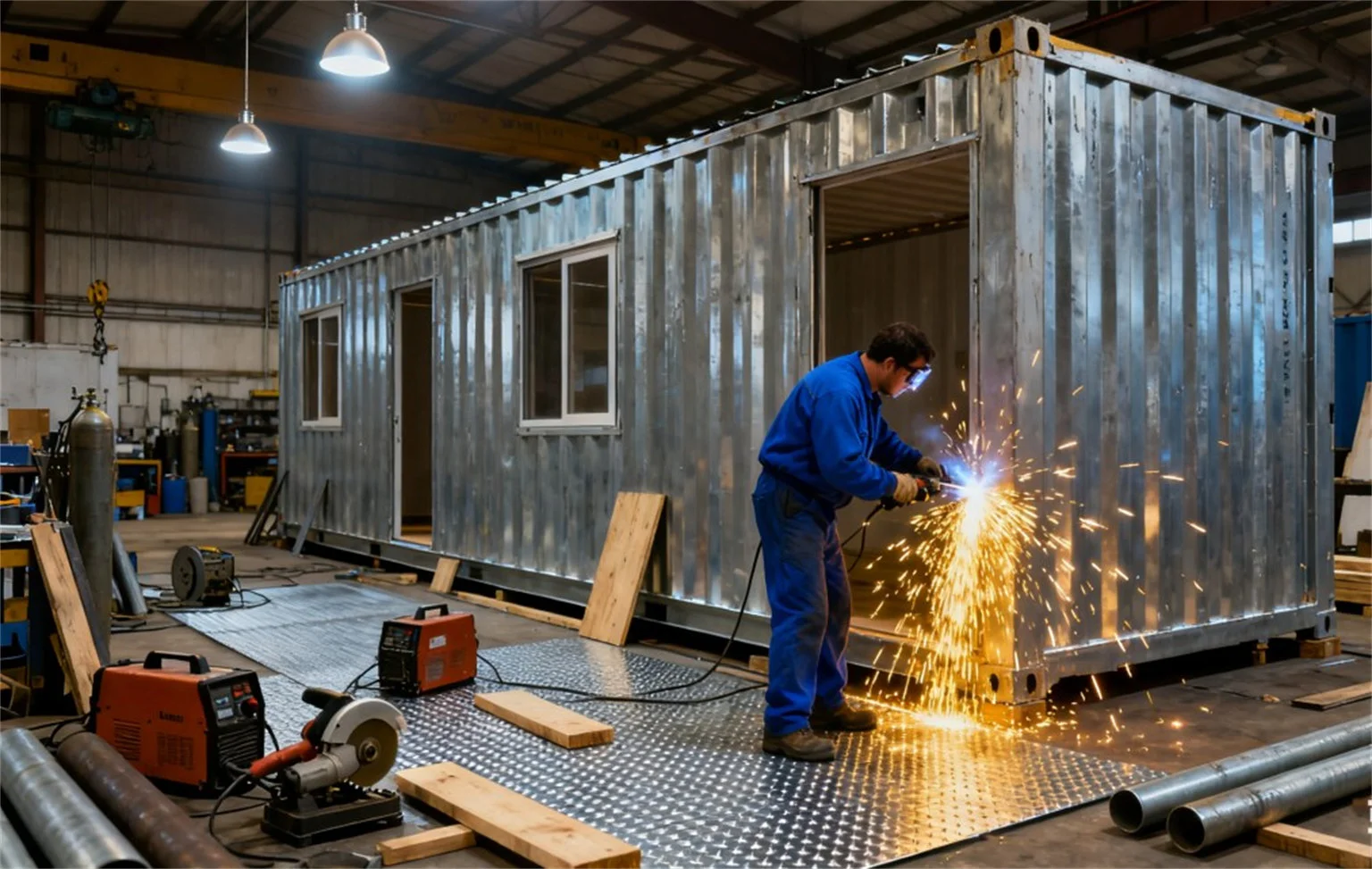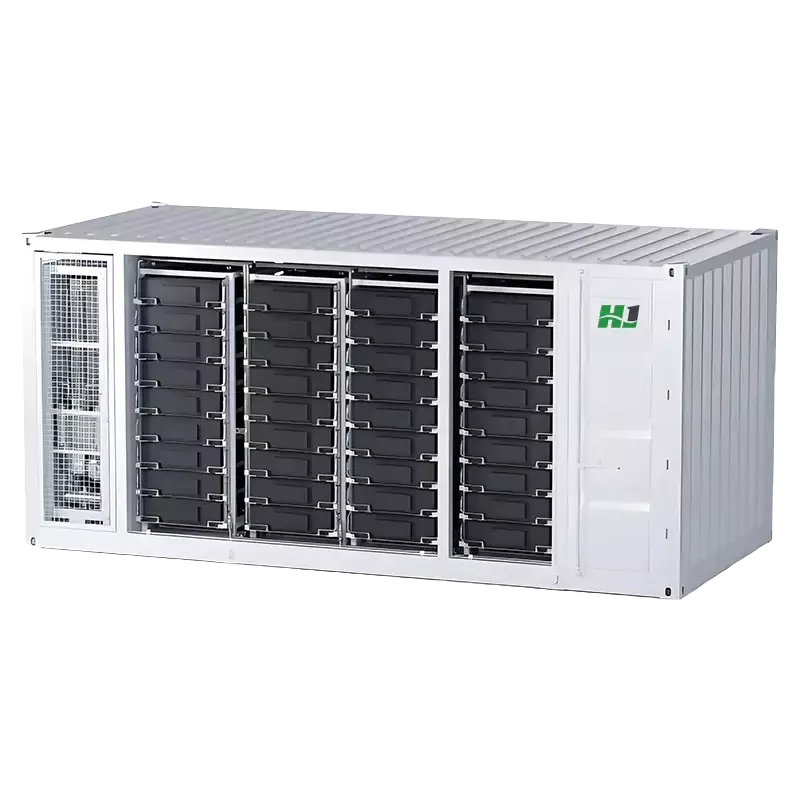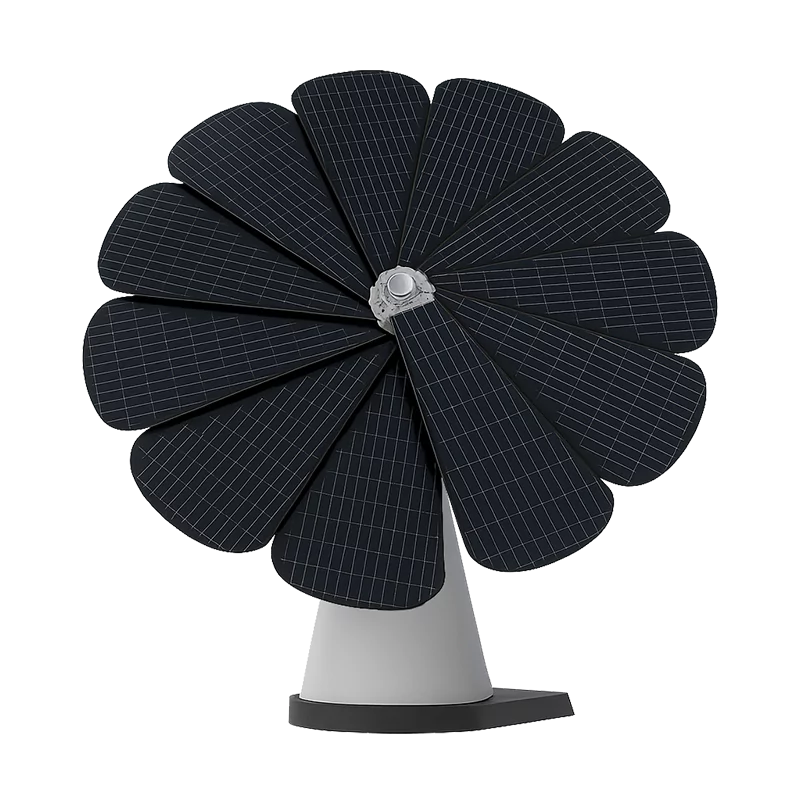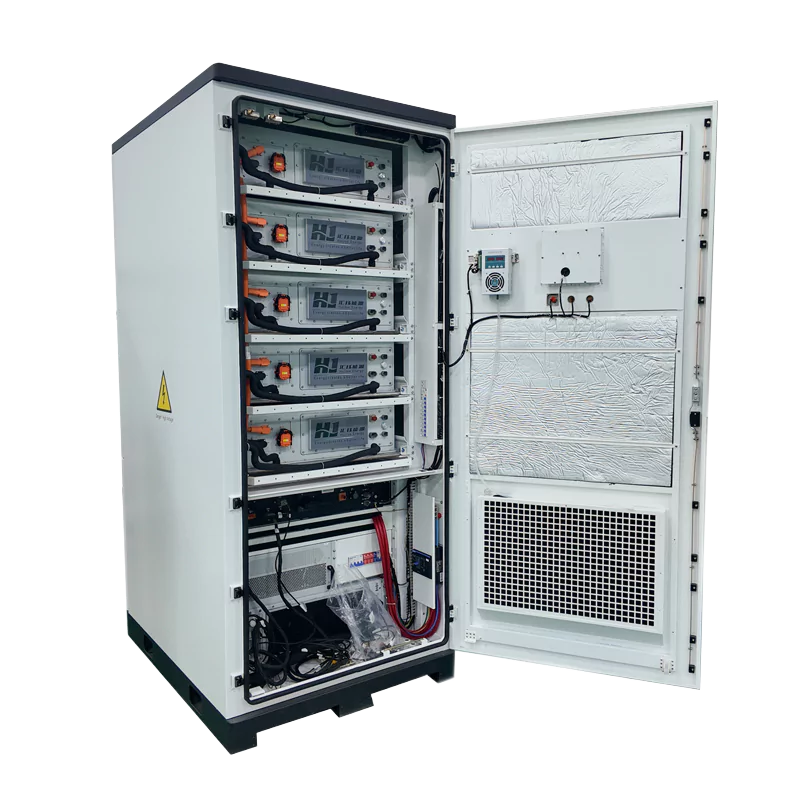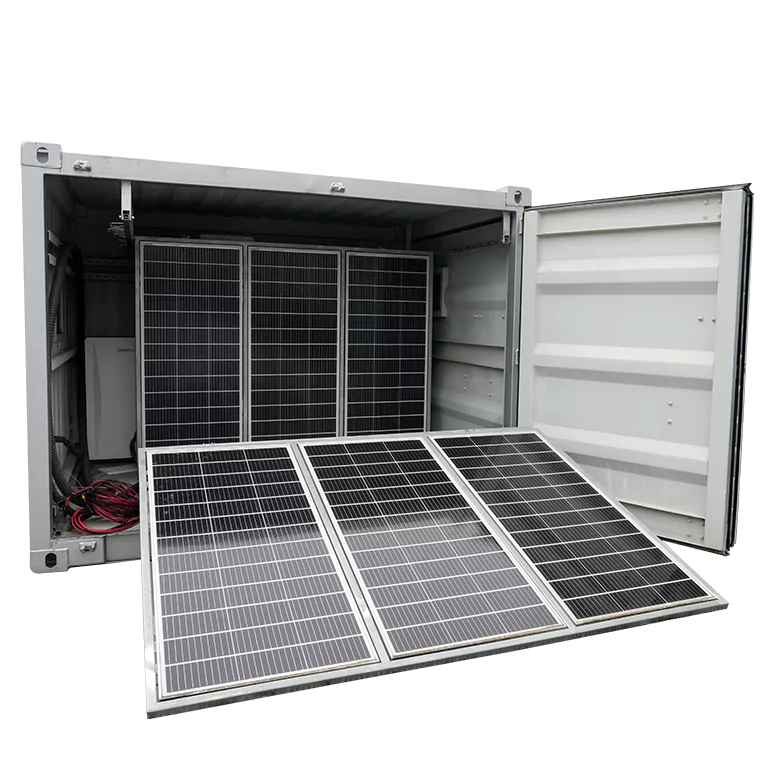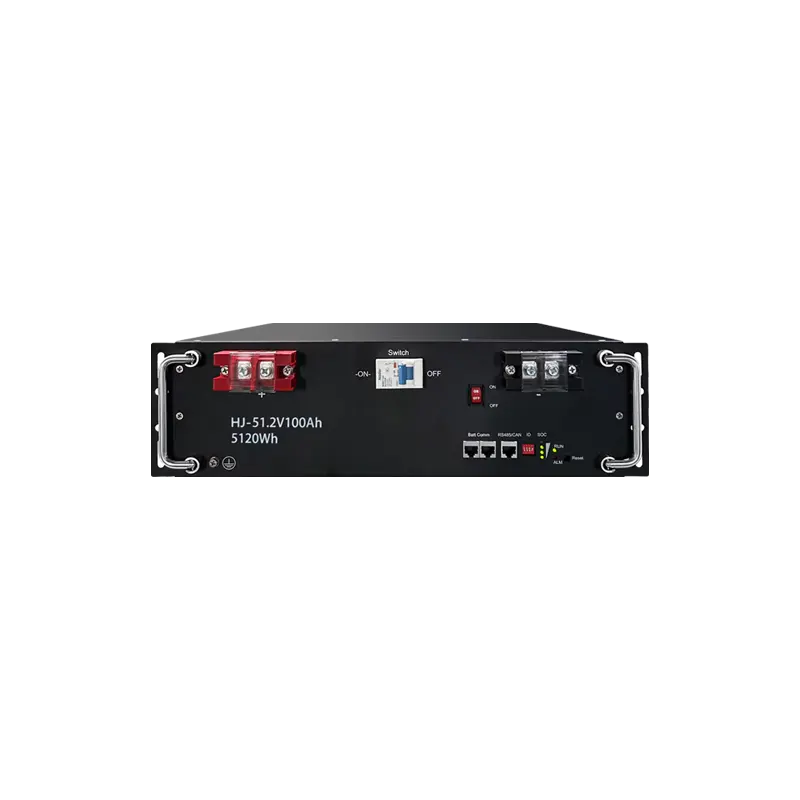Hydrogen-Powered Urban Train: A New Era of Green Transport, Powered by Energy Storage
China just completed trial runs of its first hydrogen-powered urban train. With one hydrogen refill, it can run over 1,000 km. That’s a big deal. It means China has made a major breakthrough in hydrogen rail transport.
In July 2025, CRRC Changchun rolled out this train, designed and built in-house. The trial tested every system, every scenario, every performance layer. The train reached a top speed of 160 km/h. Unlike the subway, it’s wider and more comfortable, built for city commuters. Test data showed a single hydrogen refill lets it travel more than 1,000 km—enough to go from Changchun to Shenyang and back, no recharge needed.
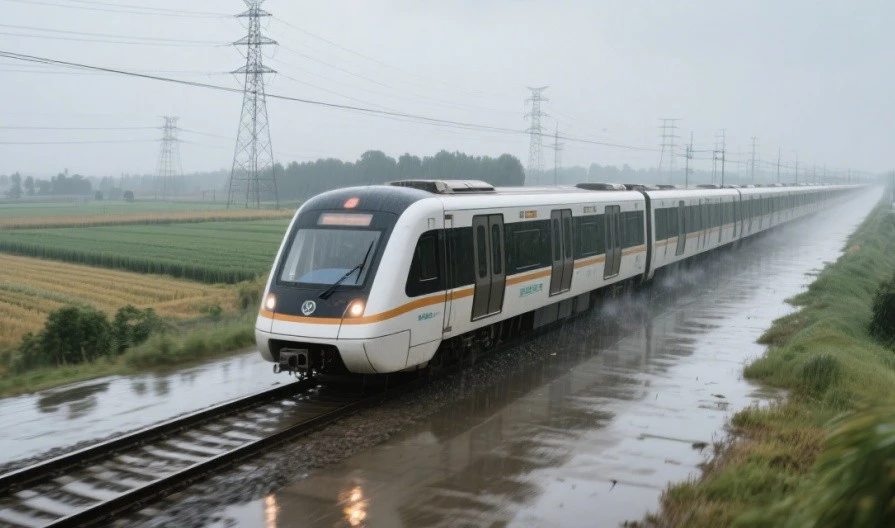
1. Hydrogen Breakthrough Leading the Change
This train uses advanced hydrogen fuel cell tech. The fuel cells sit on the roof. They generate power by making hydrogen react with oxygen in an electrochemical process. The only byproduct? Pure water. No CO₂, no greenhouse gases. Zero emissions in the true sense.
The train combines hydrogen fuel cells with supercapacitors. A hybrid power system, managed by a homegrown control system. The process is smooth. Noise is much lower than traditional trains. It’s a real step toward China’s “dual carbon” goals and a greener transport future.
2. Outstanding Performance
The test results were impressive. At 160 km/h, the train only used about 5 kWh per kilometer. Engineers tested it under all conditions—different speeds, energy use, braking, traction, reliability, even low-temperature operation at -5℃ to 5℃. It passed all design standards.
3. Broad Application Potential
The biggest advantage? No overhead power lines needed. That means it can run on non-electrified tracks, which make up a large share of China’s railways. Perfect for eco-sensitive areas or regions where electrification is hard.
This tech also cuts infrastructure costs. Over a train’s full life cycle, costs may drop 10–20% compared to traditional rail. With scaling and adoption, hydrogen trains could drive the entire hydrogen industry forward.
4. Transport and Energy Integration
Hydrogen tech isn’t just for trains. It’s expanding into many transport-energy projects. In August 2025, several projects, including the “Yuan-Wang-He-Chu” energy hub at Xiantao Service Area in Hubei, were selected as national innovation cases for transport-energy integration.
That service area runs on a smart platform. Solar power, the grid, EV chargers, and storage systems are linked together. Energy is coordinated and balanced automatically. In one year, its solar generation cut more than 76 tons of CO₂ emissions. EV chargers there work nearly 10 hours a day, serving countless vehicles.
5. Energy Storage: The Foundation of Green Mobility
Hydrogen transport depends on storage. From hydrogen production, storage, to usage—energy storage is the backbone. Efficient storage solutions are essential.
As a company in the energy storage field, we know how critical innovation is for the new energy transition. The success of the hydrogen train proves China’s strength in green tech. It also opens new opportunities for storage.
Looking forward, storage and hydrogen will integrate even more. Together, they’ll push the energy revolution in transport. With a “production–storage–transport–refill–use” chain, the system will be cleaner, smarter, and more sustainable.
Hydrogen trains are just the beginning. They don’t just change how trains are powered—they redefine how transport and energy connect. As the full value chain matures, hydrogen will blend with electricity and smart grid tech. The goal? A zero-carbon transport system where multiple energy sources work hand in hand.
The green shift in transport is unstoppable. And with innovation moving fast, zero-carbon travel is getting closer every day.
Find Your Solar + Battery Storage Specialist Now!
* Fill out this form and our experts will help you find the perfect solar storage solution for your home or business.


